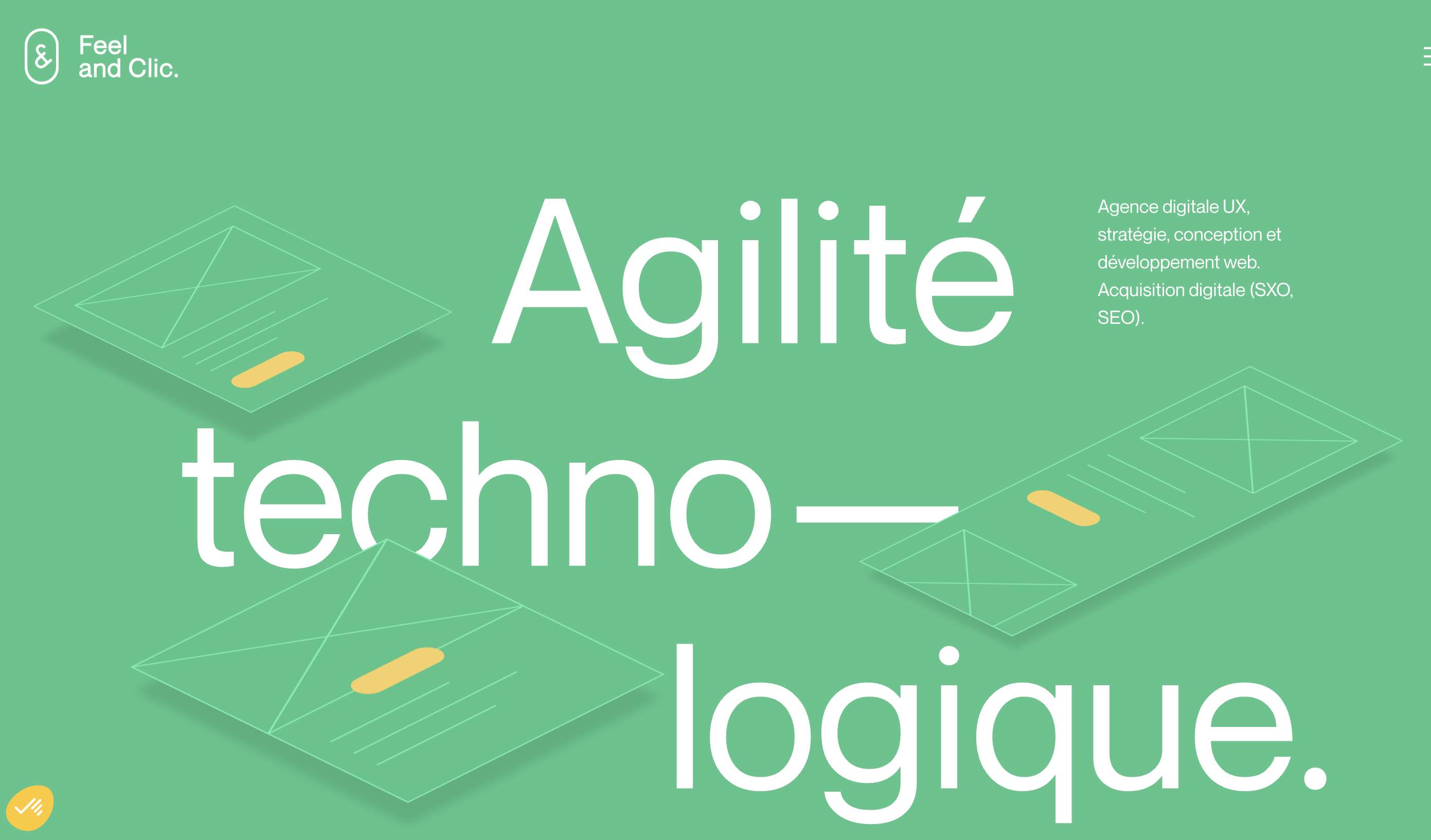Understanding User Behavior
Decoding User Preferences
In our ever-evolving digital landscape, understanding user behavior holds the key to crafting impactful engagement strategies. At its core, this involves delving deep into data-driven insights to visualize the user journey and enhance customer experience.
One effective strategy begins with observing real-time interactions users have with a product. This allows designers to paint a vivid picture of preferences and frustrations, forming a foundational layer for advanced engagement strategies. For instance, effective patterns in social media platforms can be adapted to foster deeper user engagement, underscoring the significance of time spent understanding user habits.
Engagement techniques often employ a blend of qualitative and quantitative measures. By capturing user feedback and utilizing employee insights, businesses can develop a holistic view of their stakeholder engagement efforts. To enhance user experience, companies need to not only gather feedback but strategically implement these learnings to refine the content and personal touchpoints that resonate most effectively with their community.
Finally, behavioral data analytics play a pivotal role in continuous improvement. They help identify emerging trends and customer shifts that can be used to elevate customer engagement strategies. By focusing on these facets, decision-makers are better equipped to measure engagement success and tailor processes to meet ever-changing customer expectations.
Crafting Compelling Visuals
Designing Visual Elements That Captivate
Creating compelling visuals is an integral part of enhancing user engagement. Well-designed graphics and images draw users in and keep them interacting with your product. But it's not just about aesthetics; it's about crafting visuals that connect with users on a deeper level, understanding their needs, and reflecting the brand's identity.
To achieve this, employ strategies that leverage visual hierarchy. This involves arranging design elements in a way that directs users' attention to the most important content first. By strategically using size, color, contrast, and spacing, designers can guide users through the intended customer journey, ultimately optimizing the user experience.
Another crucial factor is consistency. Consistent design elements produce a cohesive look and feel across pages and platforms, reinforcing the brand’s message and making it easier for users to navigate. A consistent user interface (UI) also contributes to user trust and product experience, enhancing employee and customer engagement.
To understand what resonates most with users, data-driven insights can be invaluable. Designers must actively seek user feedback, analyze content engagement metrics, and adapt their strategies accordingly. Advanced tools and techniques can help designers track real-time engagement and client insights, allowing for continuous improvement of visuals based on actual user interactions.
Thus, compelling visuals are not merely an afterthought in design but rather a powerful tool that can enhance stakeholder engagement and drive a more refined customer experience.
Interactive Elements and Their Impact
Interactive Elements: The Key to User Engagement
In the realm of design, interactive elements play a pivotal role in enhancing user engagement. These elements, when thoughtfully integrated, can transform a static experience into a dynamic journey for users. The goal is to create a seamless interaction that captivates and retains the user's attention, ultimately leading to increased customer engagement and satisfaction.
Interactive elements can include a range of features such as buttons, sliders, forms, and more advanced tools like chatbots or virtual assistants. These components not only make the user experience more enjoyable but also provide valuable data-driven insights into user behavior. Understanding how users interact with these elements can help designers refine their strategies, ensuring that the design aligns with the users' needs and expectations.
Implementing effective engagement strategies requires a deep understanding of the customer journey. By mapping out the journey, designers can identify key touchpoints where interactive elements can be most impactful. This approach not only enhances the product experience but also fosters a sense of community engagement among users.
Moreover, interactive elements can significantly contribute to stakeholder engagement by demonstrating the value of the design to key decision-makers. By showcasing real-time user feedback and engagement metrics, designers can make a compelling case for the effectiveness of their design strategies. This transparency builds trust and encourages continued investment in user-centered design efforts.
In conclusion, the integration of interactive elements is not just about making a design visually appealing; it's about crafting an experience that resonates with users and stakeholders alike. By focusing on user engagement, designers can create products that are not only functional but also enjoyable and memorable.
Personalization in Design
User-Centric Design with Personalization
In the evolving landscape of digital engagement, personalization has emerged as a key strategy for enhancing the user experience. By tailoring content and interfaces to meet individual preferences, businesses can significantly increase user engagement and customer satisfaction.
Personalization plays a critical role in improving the customer journey by delivering relevant and meaningful interactions. This strategy not only boosts customer engagement but also fosters a sense of loyalty and creates a unique product experience. Understanding consumer needs through data-driven insights allows for more accurate customization, aligning with users' expectations and behaviors.
To implement effective personalization, consider the following techniques:
- Data Collection: Gather real-time data about users' preferences and behaviors to inform your engagement strategies.
- Segmentation: Utilize customer data to segment audiences into similar groups to deliver tailored content efficiently.
- Content Adaptation: Adjust your content dynamically based on user inputs and interactions to keep the experience fresh and relevant.
- Feedback Integration: Incorporating user feedback into design decisions ensures that personalization efforts align with users' evolving needs.
A strong engagement strategy requires continuous monitoring and adaptation. By leveraging advanced tools and techniques, businesses can provide a personalized experience that aligns with stakeholder needs, enhancing both employee engagement and customer relationships.
Feedback Mechanisms
Implementing Effective Feedback Channels
Creating a successful design requires more than just creativity and technical proficiency; it involves establishing robust feedback mechanisms that help enhance user experience and engagement. Feedback serves as the link between the product team and the end-users, allowing real-time insights and the continuous improvement of your design. In today's diverse digital landscape, numerous feedback strategies can be employed to gather user insights and facilitate active customer engagement:- Surveys and Questionnaires: These traditional methods are still effective in gaining detailed customer insights. Design thoughtful questions to encourage user feedback on their experiences, empowering stakeholders with valuable data-driven insights.
- Social Media Platforms: Leverage social media to tap into spontaneous client engagement. Users often express their opinions on social networks, making it a goldmine for authentic feedback that can shape your product.
- In-App Feedback: Providing users the ability to share their opinions directly within the application is seamless and user-friendly. This real-time feedback tool not only improves the experience but also actively engages customers in the product journey.
- Focus Groups: Conducting focus groups helps bring varied user perspectives together. While more time-intensive, this method facilitates deeper stakeholder engagement and a comprehensive understanding of user behavior.
Measuring Engagement Success
Evaluating Engagement Effectiveness
In the realm of design, measuring engagement success is crucial to understanding how well your strategies resonate with users. By leveraging data-driven insights, you can fine-tune your approach and enhance the overall user experience. Here are some key methods to evaluate engagement effectiveness:
- Engagement Metrics: Track metrics such as time spent on a page, click-through rates, and bounce rates. These indicators provide a quantitative measure of how users interact with your content and product.
- User Feedback: Collect feedback through surveys, interviews, and feedback mechanisms to gain qualitative insights into user satisfaction and areas for improvement.
- Customer Journey Analysis: Map out the customer journey to identify touchpoints where users engage most and where they drop off. This analysis helps in refining engagement strategies.
- Advanced Tools: Utilize advanced analytics tools to monitor real-time data and gain deeper insights into user behavior and engagement patterns.
- Stakeholder Engagement: Involve stakeholders, including employees and customers, in the evaluation process to ensure a comprehensive understanding of engagement efforts.
By employing these engagement techniques, you can create a more engaging and personalized product experience. Remember, the goal is not only to attract users but to keep them engaged over time, fostering a community that values your brand.














